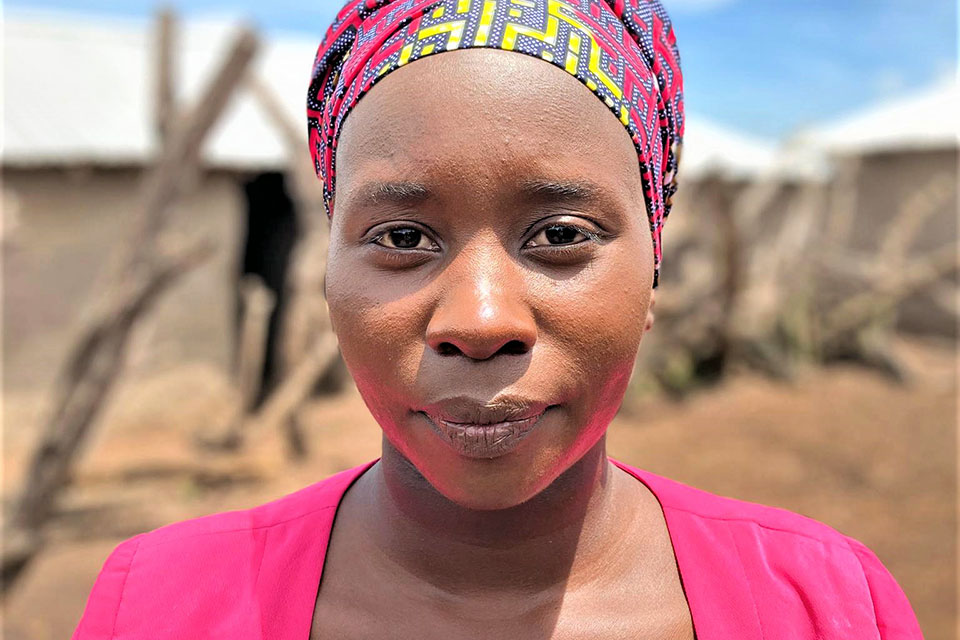I am Generation Equality: Natalie Robi Tingo, community mobilizer for ending FGM
Date:


I am Generation Equality because…
“Why are we being told that as girls, when we get cut, we bring honour? That is not the truth. It is very painful, some girls die. Or, we get married. Our lives are basically taken away from us.
Three things you can do to become part of Generation Equality:
- Understand it is everyone’s responsibility to end FGM and other forms of violence against women. Own that responsibility.
- Support grassroots movements working at the community level; that’s where the real change is happening.
- Adopt an intersectional approach to challenges that communities face.
I was born in the Kuria community. Growing up, I faced the same challenges as other girls in my community. I would take my extra sanitary pads and give them to girls at school. Over time, some girls would stop coming to school. After undergoing genital mutilation, they were married off.
I was angry at my community, angry that people who were supposed to protect children were instead abusing them. I needed to do something.
I understand the pain of survivors, being a survivor of sexual abuse myself. I know what it means for someone to hold your hand.
FGM is a deeply embedded social norm
FGM is a social norm in Kuria, similar to having to knock when you go to someone’s home. If you cut your daughter, there are rewards. For instance, people will give her gifts or slaughter a cow and make merry.
If you don’t, in some cases, children are beaten and their mothers chased away. That, in itself, makes most girls want to get cut. They don’t want to be the odd one out or labelled ‘uncut’. FGM is also said to increase marriageability, a myth that puts a lot of pressure on girls.
Being the first-born girl in my family, it was expected that I would get cut. [Because] both my parents were educated, my sister and I were spared.
“Care about the most vulnerable women and girls. That’s justice.”
The COVID-19 pandemic has increased the number of girls at risk of FGM. The cutting period, which normally runs from November to December in my community, started in October last year. People were busy responding to the pandemic, and that shifted the focus away from the welfare of girls at risk of FGM – who also happened to be at home because of school closures.
Many families had their girls cut because of the hard economic times. The gifts they were given for cutting their daughters served as a source of income, as did the dowry, after marrying their daughters off.
Empowering girls to change their communities
From a young age many girls are made to believe FGM is an obligation they have to their parents and community. I’ve learnt that once girls understand that what’s happening to them is wrong, they are able to fight for themselves and rescue others. I have seen this happen. We must therefore continue to centre the voices of girls.
Everyone should be a girl’s rights activist… care for one another, and in this case, care about the most vulnerable women and girls. That’s justice.”
Natalie Robi Tingo, 28, is the Founder and Executive Director of Msichana Empowerment Kuria, a women-led community-based organization in rural Kenya that has since 2015 worked to end female genital mutilation (FGM) by tackling its root causes and empowering women and girls.